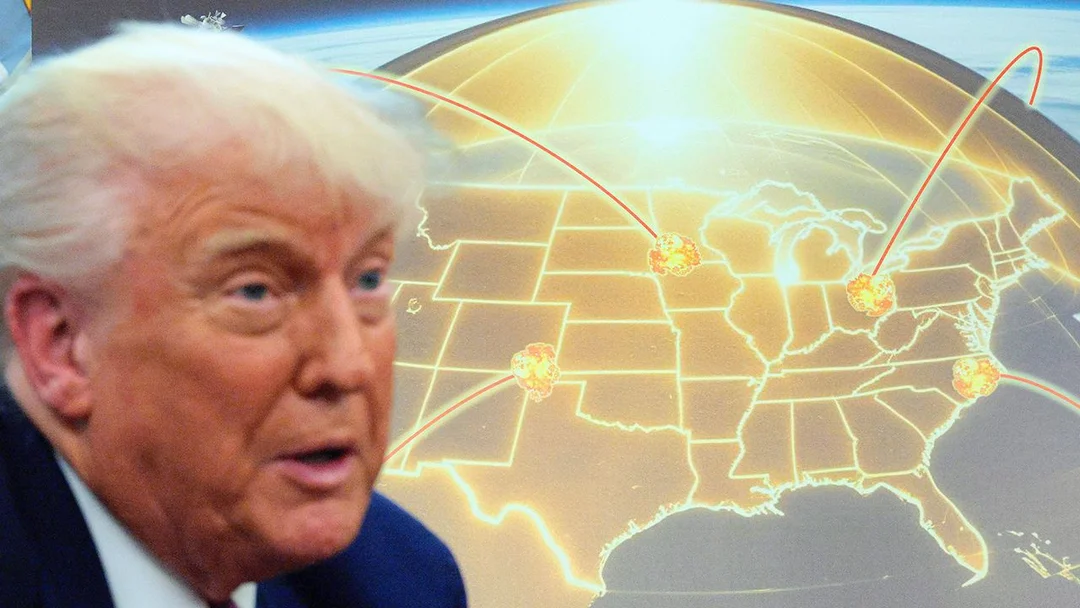
Golden Dome: Can Trump’s $175 Billion Missile Defense Shield Protect America?
President Donald Trump's ambitious plan for a nationwide missile defense system, dubbed the "Golden Dome," has sparked debate about its feasibility and effectiveness. Could this $175 billion project, aimed at shielding the U.S. from ballistic, cruise, and hypersonic missiles, truly provide near-100% protection?
The idea of intercepting missiles mid-air isn't new. General Stephen N. Whiting of U.S. Space Command pointed out at the Chicago Council on Global Affairs that commercial space technology advancements makes such a system more viable today than Reagan's "Star Wars" initiative. He highlighted SpaceX's reusable Falcon 9 rocket booster, which has landed itself over 400 times, as an example of how far the industry has come. "Ten years ago, if we had talked about constellations of satellites that had 7,000-plus satellites that could provide services anywhere on the globe … we might have thought that was crazy. Now we take that for granted."

Trump wants the Golden Dome completed in "less than three years," a timeline many experts find unrealistic. The system envisions a network of space-based sensors and interceptors, working in tandem with ground, sea, and air-based systems, to counter advanced threats like hypersonic weapons. These weapons, unlike traditional intercontinental ballistic missiles, are highly maneuverable and can travel at incredible speeds within the atmosphere causing detection and interception very difficult.
Aerospace engineer Iain Boyd, director of the Center for National Security Initiatives at the University of Colorado Boulder, explained that a successful missile defense system needs a global network of sensors to detect and track missiles from launch to impact. The U.S. already has a broad array of such sensors and interceptors in place, but expanding them, particularly with more space-based sensors, is crucial to defend against newer threats. He also explains that Golden Dome would be using sensors in a “layered approach” installed on platforms on the ground, sea, air, and space.
Even if technologically feasible, the Golden Dome faces hurdles.Todd Harrison, a senior fellow at the American Enterprise Institute, voiced skepticism about Trump's proposed $175 billion budget and three-year timeline. "This will absolutely not be finished within three years," he stated, suggesting that even an initial operating capability might be all that's achievable within that timeframe.
Boyd cautions that reaching near-100% protection is unlikely, citing the limitations of even the highly effective Iron Dome system in Israel. He argues that the primary goal is deterrence: making potential adversaries think twice about launching expensive, high-value missiles knowing there's a high chance they won't reach their targets.
The success of the Golden Dome also hinges on the resilience of the defense industrial base and commercial space sector. Whiting noted the fragility of relying on single subcontractors for critical components, emphasizing the need for multiple companies capable of providing essential capabilities.
The fate of the Golden Dome could also be influenced by political factors. The 2026 congressional midterm elections could determine whether the project continues to receive funding, especially if the House shifts to the Democrats.
Is the Golden Dome a realistic solution for protecting the U.S. from advanced missile threats, or is it a costly and ultimately unattainable goal? Will advancements in technology and increased competition in the aerospace industry finally make such endeavors possible? Share your thoughts in the comments below!